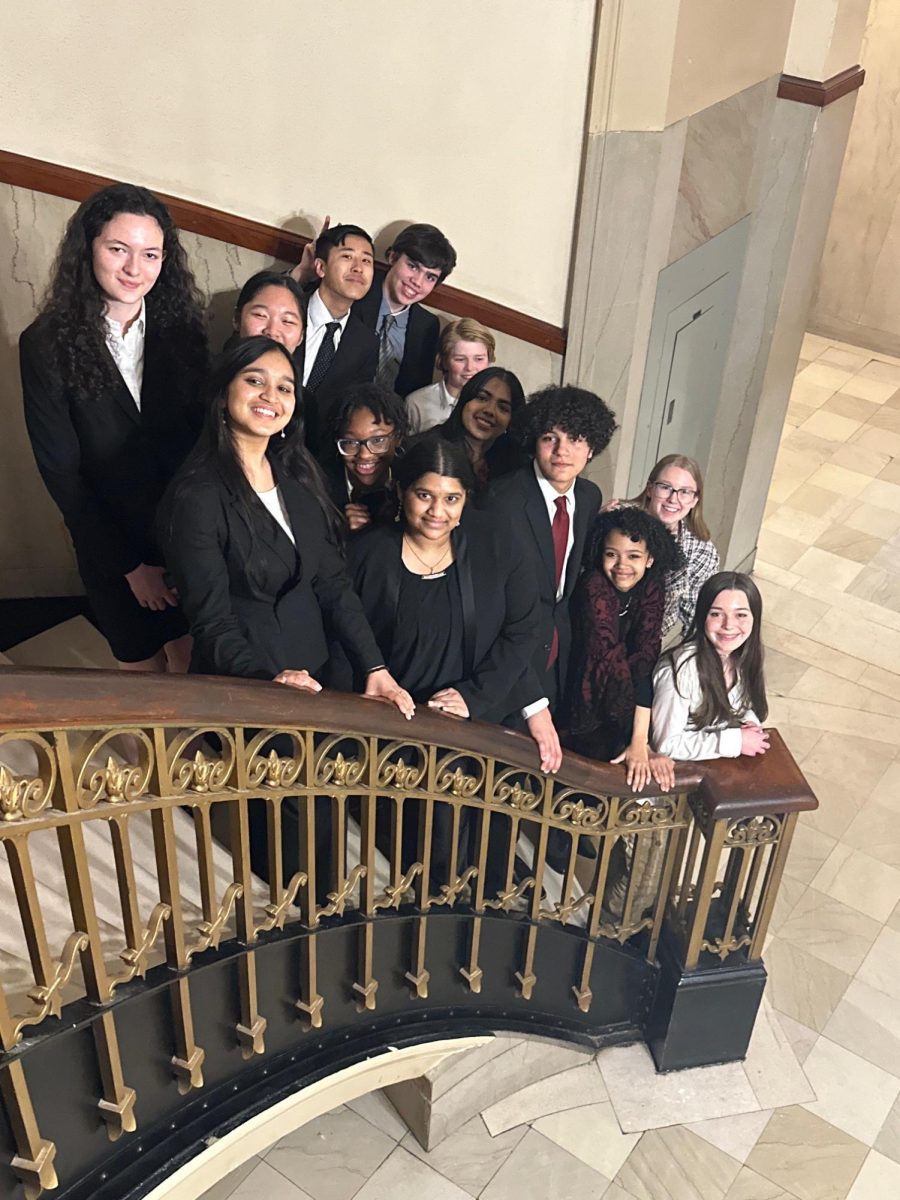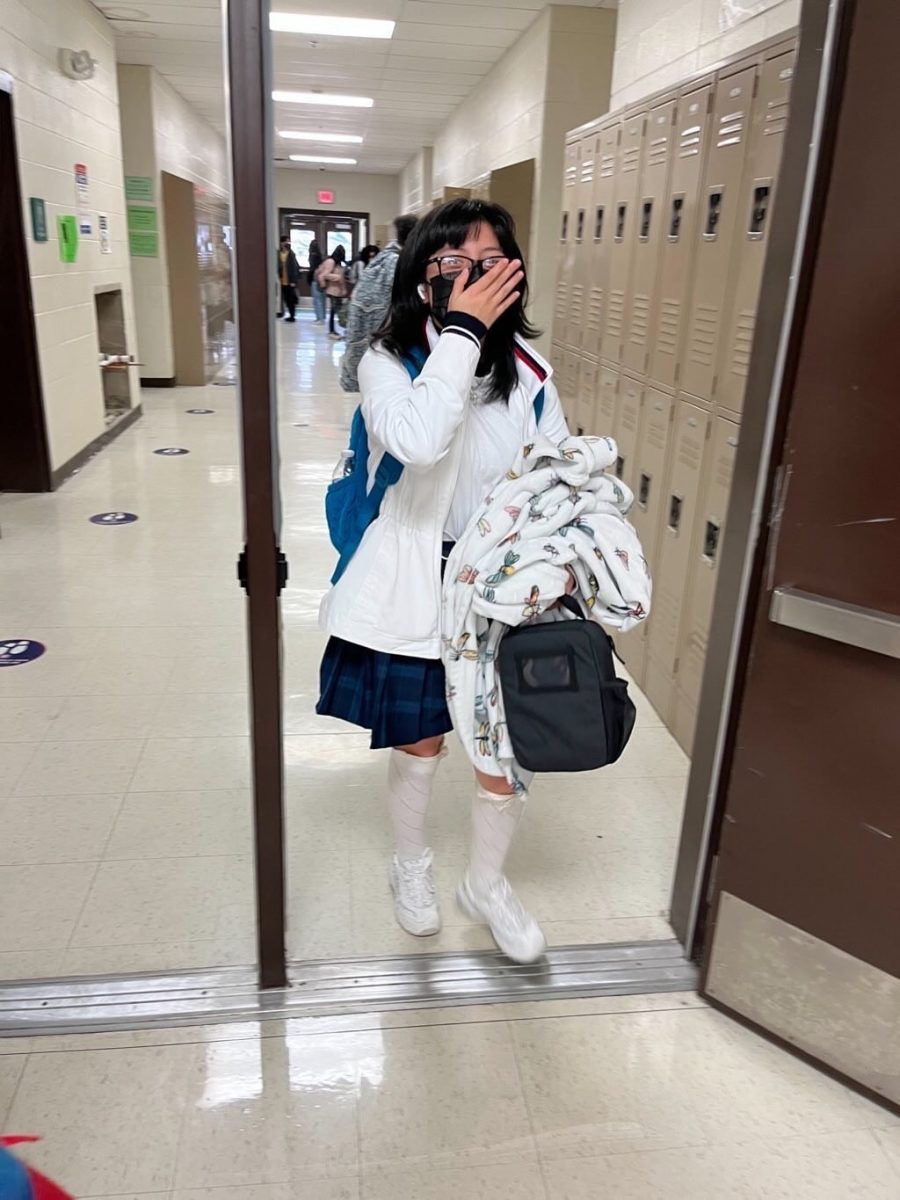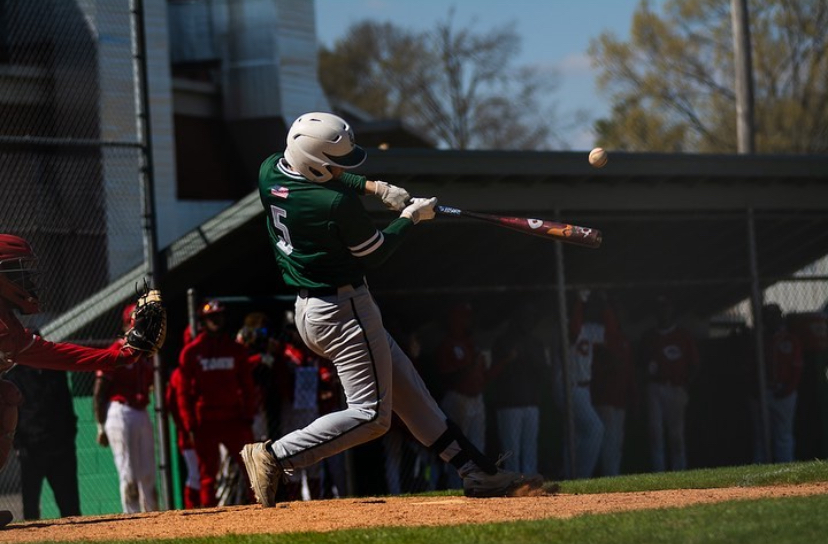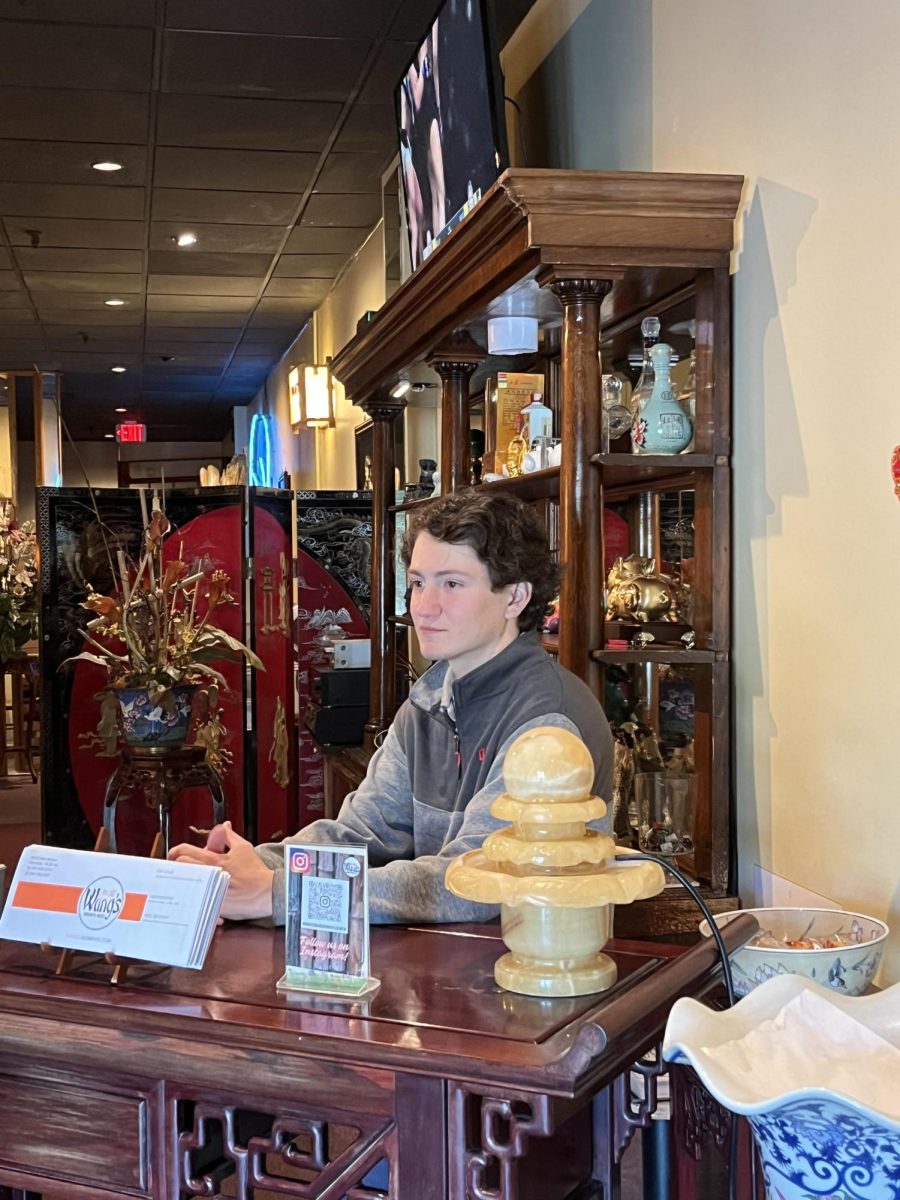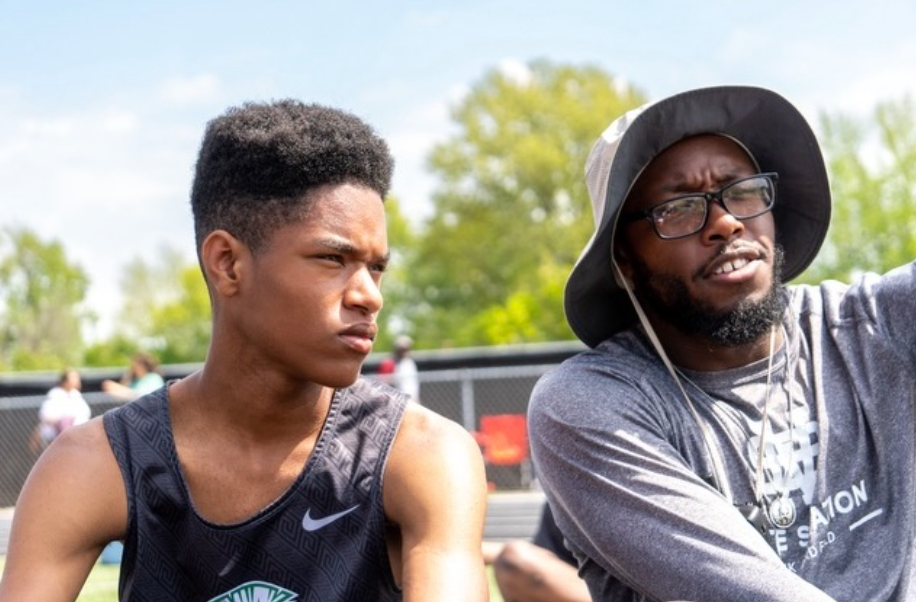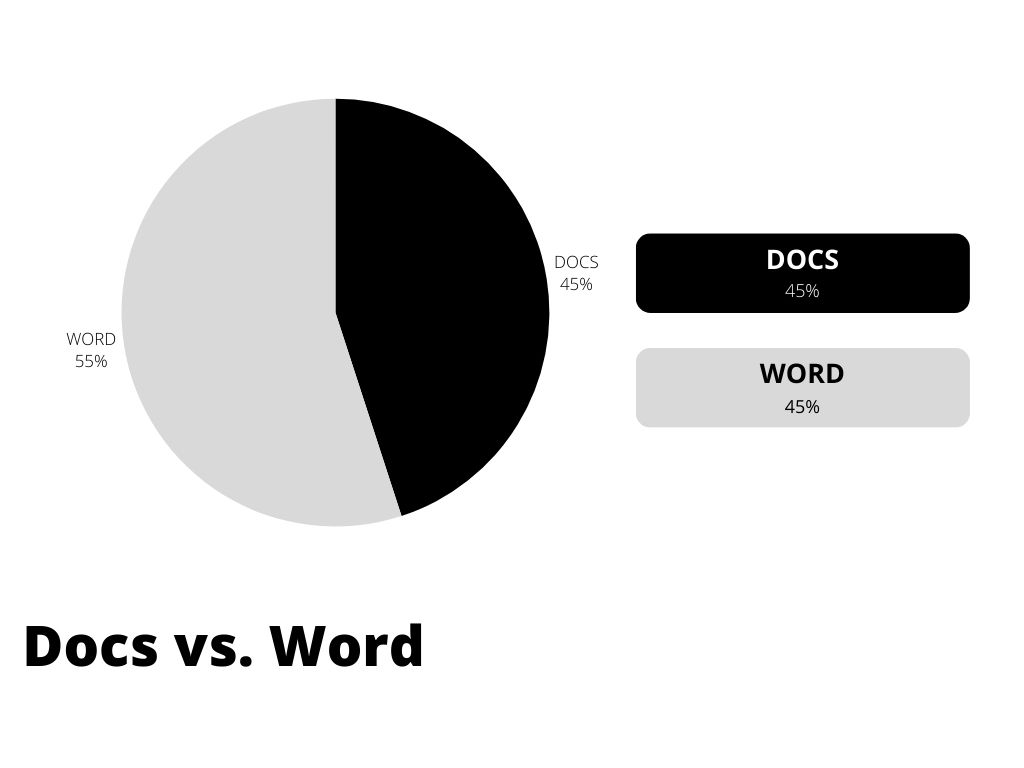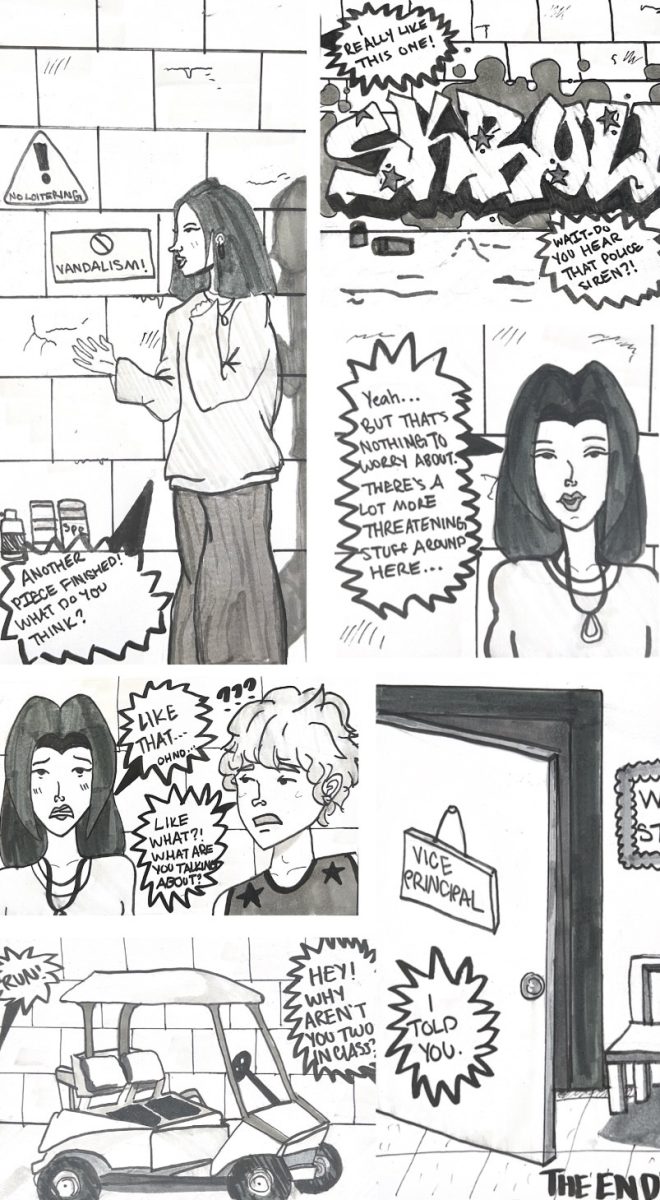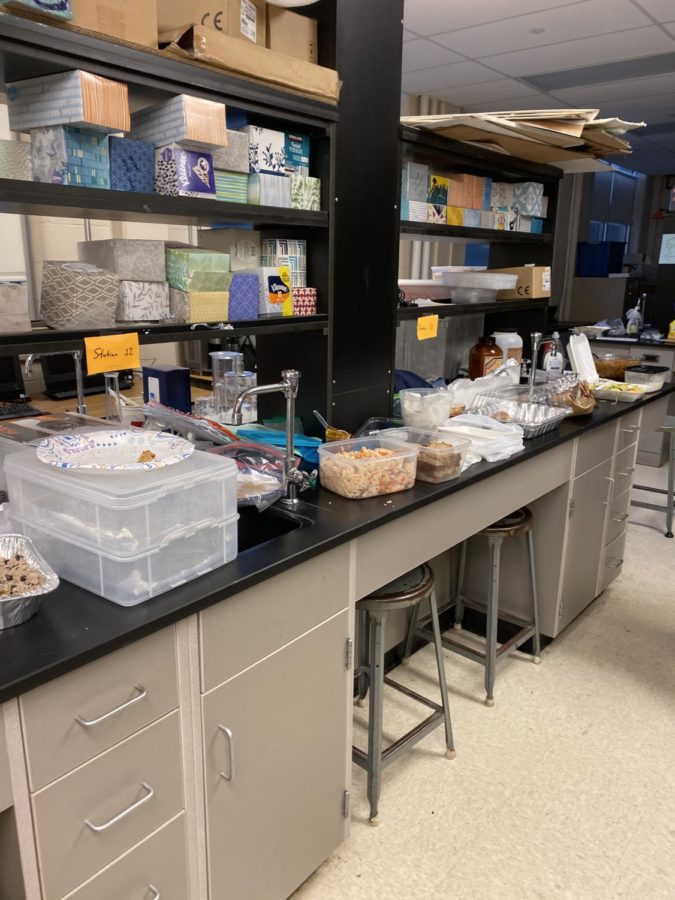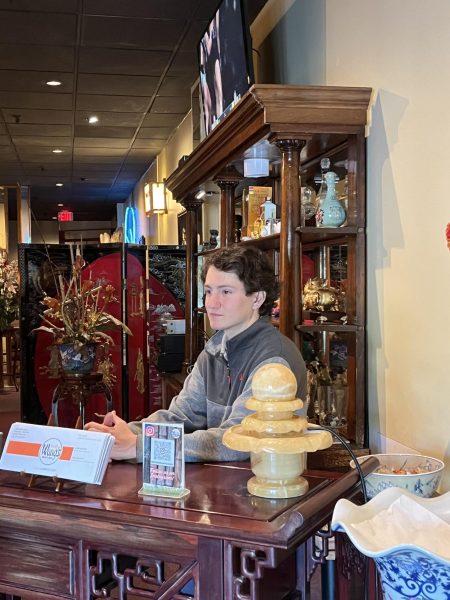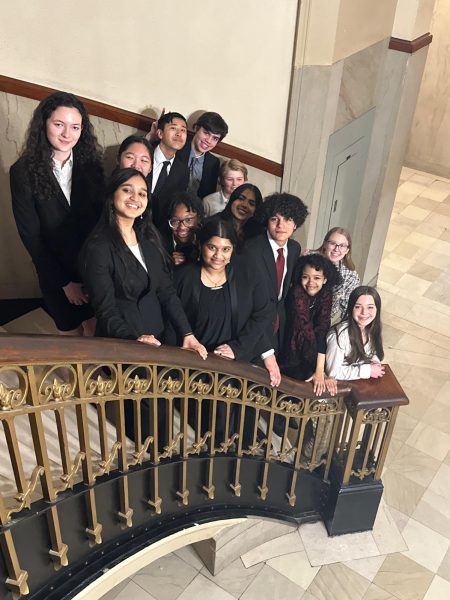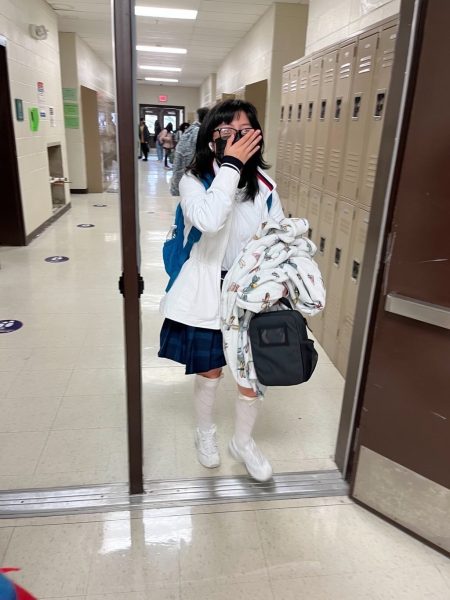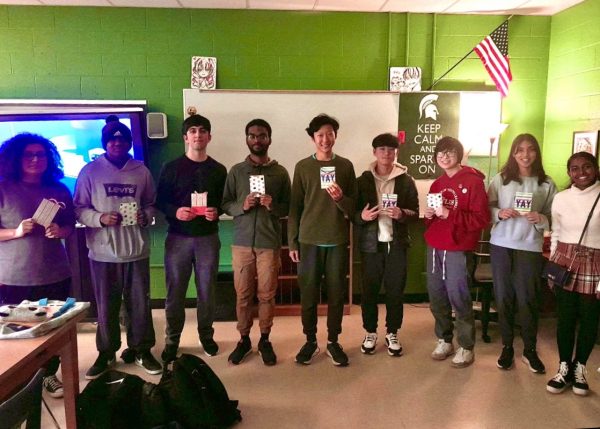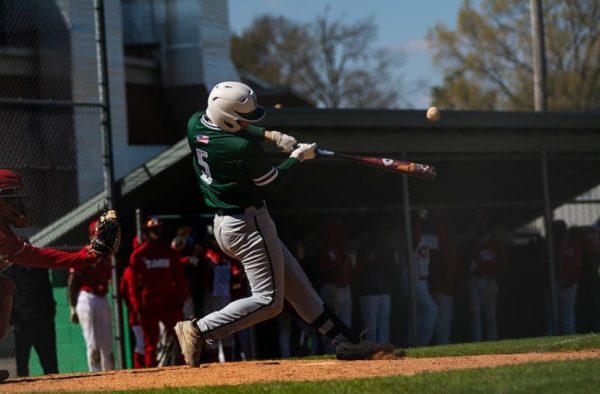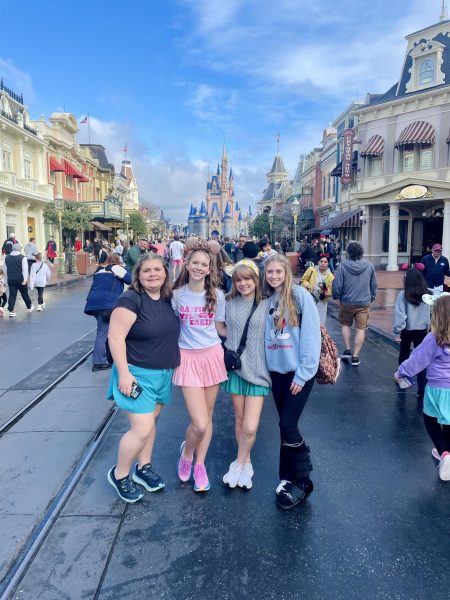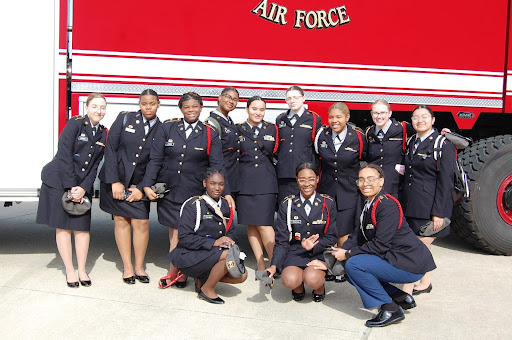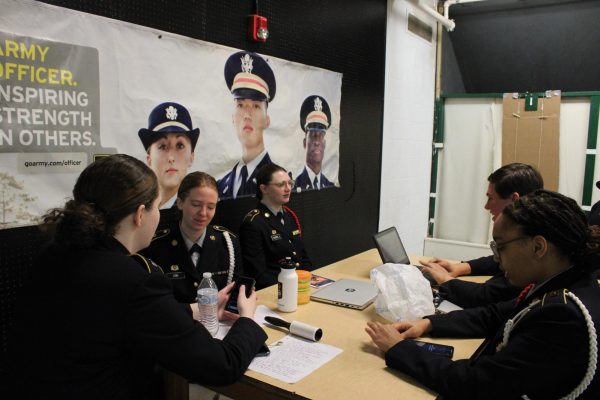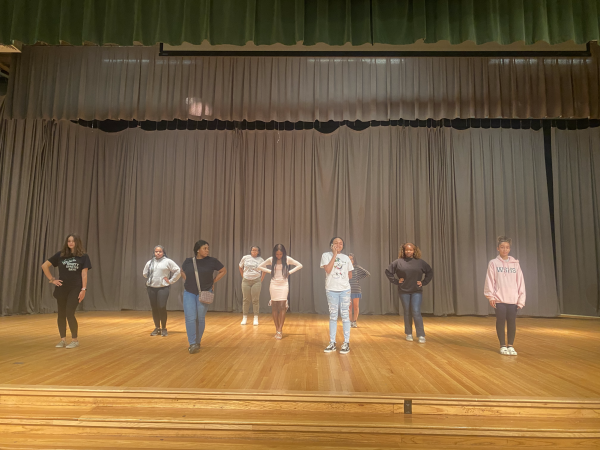When your Chemistry teacher makes you cook…
A wide array of food sits on the counter of the AP Chemistry stations during a Chemistry in the Kitchen on Nov. 21, 2019. The counters are topped with complex chemical compounds like any lab, although the products of the reactions are edible and delicious.
Some teachers allow their students to bring food on a special holiday or after a hard test. In the AP Chemistry classroom, however, making a dish for Chemistry in the Kitchen is an entertaining assignment.
“I know that students enjoy Chemistry in the Kitchen,” Maridee Cornell, the AP Physics teacher at WSHS, said. ”I think that it is about being able to share and talk about the certain foods that they brought in and why they brought it in; not just the chemistry portion of it, but the significance to [the students].”
Chemistry in the Kitchen, first founded at WSHS by AP Chemistry teacher George Richardson, is a day that students bring in a home-cooked dish. Representing different student’s tastes is one major aspect of the event.
“You have so many ethnic backgrounds that students get a chance to try a wide variety of ethnic foods that they’ve never tried before,” Richardson said.
While he doesn’t remember exactly how the tradition started, Richardson knows that the occasion provides a great opportunity for his students. As well as exposing his students to different cultures, he hopes to show the potential chemistry careers in the food industry.
“[The] food industry is a billion dollar industry in chemistry… from the science that goes into food,” Richardson said. “[There are] wonderful careers in that industry.”
To tie cooking to the classroom, Richardson assigns a report on how the student’s dish relates to AP Chemistry and the actual process of creating their dish.
“I think that the lab report aspect of it… I think that’s helpful because it kind of reminds you that it’s not too much about the eating part of it and more about learning,” Sarahy Perez (11) said. “It helps bring me back to Earth and be like ‘We still have chemistry to do; this is fun, but we still have to get back to work.’”
To tie cooking to the classroom, Richardson assigns a report on how the student’s dish relates to AP Chemistry and the actual process of creating their dish.
“I think that the lab report aspect of it… I think that’s helpful because it kind of reminds you that it’s not too much about the eating part of it and more about learning,” Sarahy Perez (11) said. “It helps bring me back to Earth and be like ‘We still have chemistry to do; this is fun, but we still have to get back to work.'”
Your donation will support the student journalists of White Station High School. Your contribution will allow us to purchase equipment and cover our annual website hosting costs.

